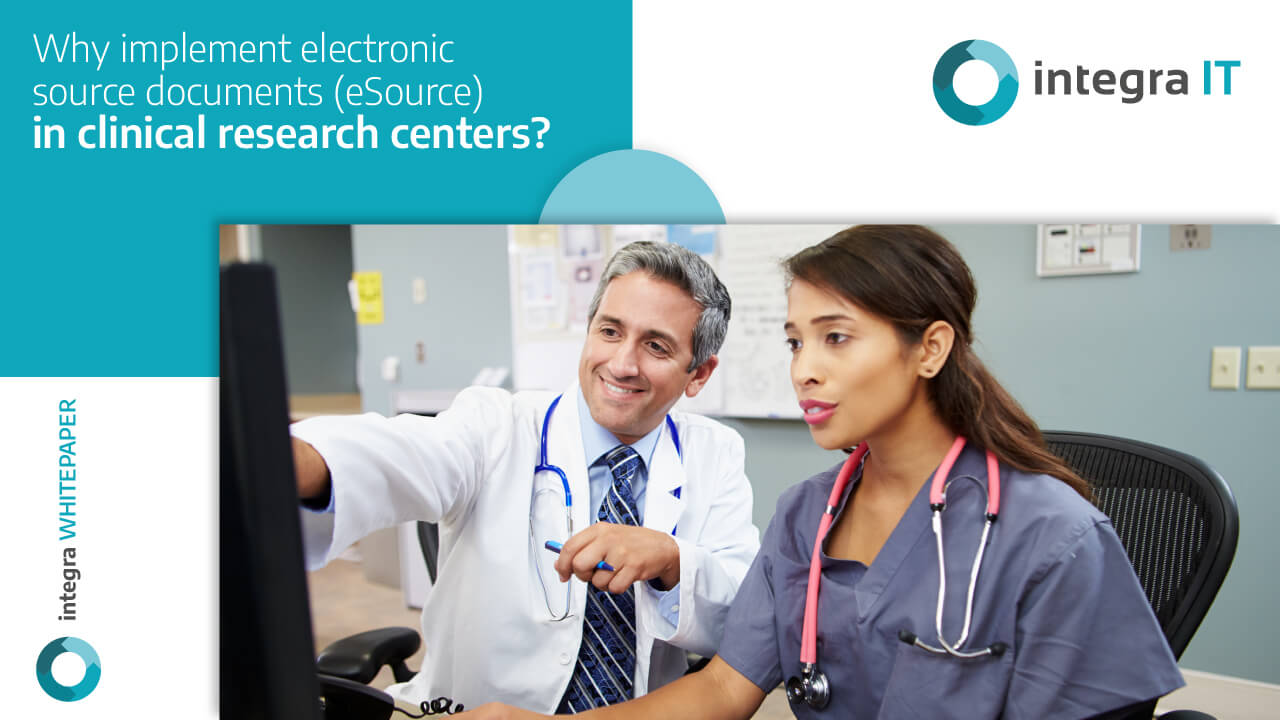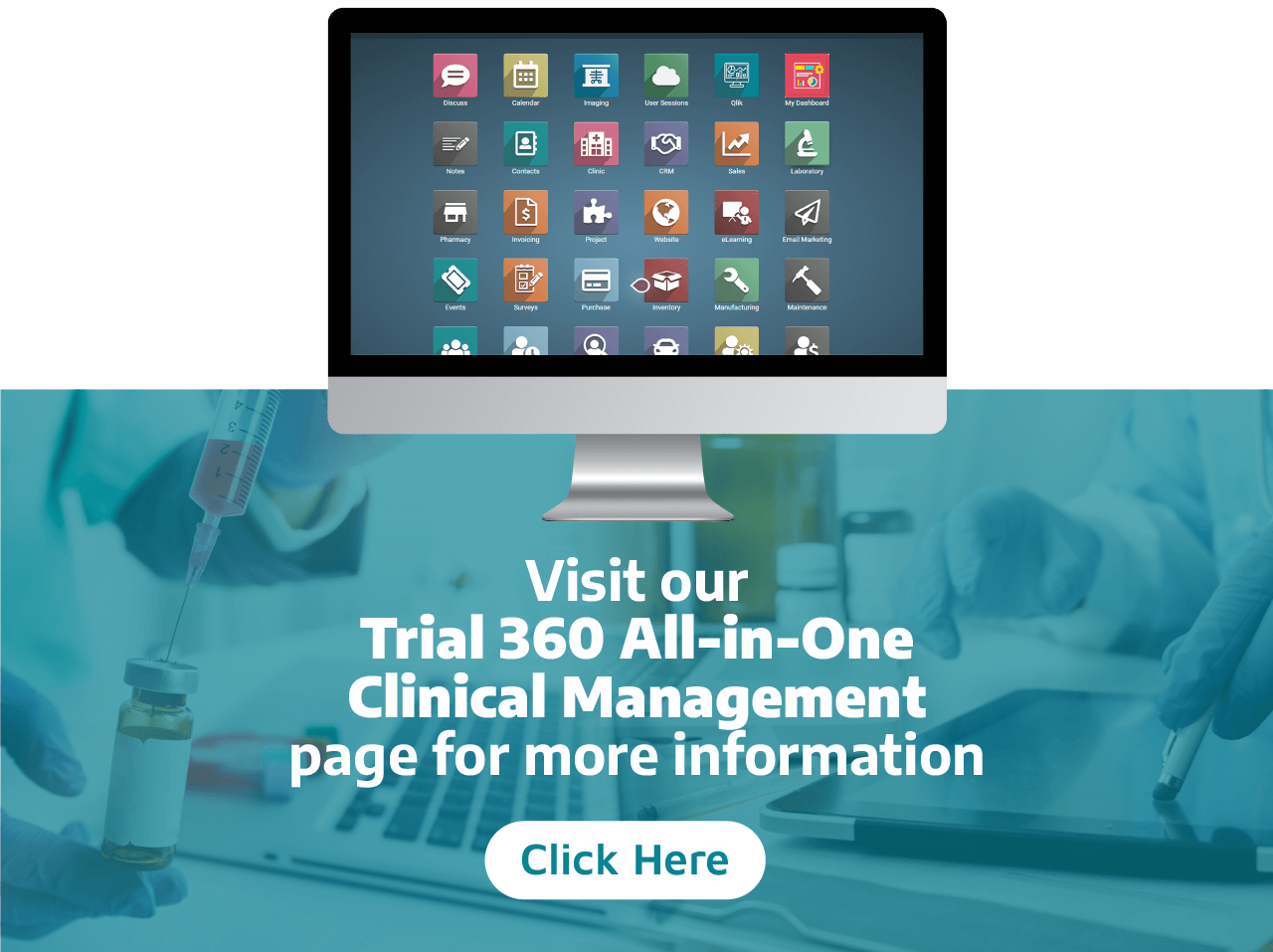Table of Contents
Since 2010, regulatory bodies globally have expressed interest or provided written guidance on their expectations regarding the electronic source document (eSource).
What is an electronic source document?
eSource refers to using electronic systems and devices to capture, collect, and store data during clinical trials. This includes direct data entry by patients, healthcare providers, or devices into electronic systems.
This technological advancement benefits clinical research centers, improving data quality, efficiency, compliance, and overall study results. Here’s why implementing an eSource is essential for modern clinical research centers:
Improved data quality and integrity
Traditional paper source documentation is prone to illegible handwriting, transcription errors, and data duplication. eSource mitigates these issues by allowing direct data entry into electronic systems, ensuring accuracy and consistency.
Greater efficiency and productivity
eSource streamlines the data collection process, reducing the time and resources required for manual entry and verification. Researchers can access and analyze data in real-time, accelerating decision-making and enabling faster response to emerging trends or issues within the study. This efficiency translates into cost savings and allows clinical staff to focus more on patient care and less on administrative tasks.
Better compliance and audit preparation
Regulatory compliance is a critical aspect of clinical research. eSource makes it easy to comply with Good Clinical Practice (GCP) guidelines and other regulatory requirements by providing automated audit trails and ensuring data is securely stored and can be easily retrieved. This simplifies the audit process and improves the facility’s readiness for regulatory inspections.
Real-time data access and monitoring
With eSource, data is available in real time to all authorized stakeholders, including sponsors, monitors, and regulatory bodies. This immediate access allows for continuous monitoring of study progress, early detection of potential problems, and timely interventions. Real-time data visibility improves collaboration and transparency between all parties involved in the study.
Environmental and cost benefits
Reducing paper use by implementing eSource has significant environmental benefits. Additionally, the long-term cost savings from reduced paper, printing, and storage needs and efficiency gains make eSource a financially sound investment for clinical research sites.
Despite the multiple benefits that the adoption of an electronic source document brings, some challenges must be addressed:
- Technological barriers: the need for compatible and interoperable systems between different sites and stakeholders.
- Training and change management: ensuring that clinical staff and researchers are adequately trained to use new technologies.
- Regulatory Concerns: Address regulatory requirements and ensure eSource data meets all compliance standards.
Some strategies that allow you to accelerate the adoption of an eSource are:
Collaboration: Promote partnerships between sponsors, regulators, and technology providers to standardize eSource practices.
Education and Awareness: Increase awareness of the benefits and best practices of eSource through training programs and workshops.
Pilot Programs: Implement pilot studies to demonstrate the feasibility and benefits of eSource, providing real-world examples of its benefits.
Continued innovation and collaboration are necessary to overcome existing challenges and fully realize eSource’s potential in clinical research. By adopting eSource, the clinical research industry can significantly improve data quality, efficiency, and compliance, ultimately accelerating the development of new therapies and improving patient outcomes.
For those seeking to remain competitive and compliant in the ever-evolving landscape of clinical research, eSource is an essential tool that promises to deliver significant improvements and lasting benefits.
Questions about electronic source documents?
Talk to our Medical Director today about registering source documents in Trial360.
References
Electronic Source Data in Clinical Investigations | FDA. (n.d.). Retrieved July 11, 2024, from https://www.fda.gov/regulatory-information/search-fda-guidance-documents/electronic-source-data-clinical-investigations
Kellar, E., Bornstein, S., Caban, A., Crouthamel, M., Celingant, C., McIntire, P. A., Johnson, C., Mehta, P., Sikirica, V., & Wilson, B. (2017). Optimizing the Use of Electronic Data Sources in Clinical Trials: The Technology Landscape. Therapeutic Innovation and Regulatory Science, 51(5), 551–567. https://doi.org/10.1177/2168479017718875
Mittermaier, M., Venkatesh, K. P., & Kvedar, J. C. (2023). Digital health technology in clinical trials. Npj Digital Medicine 2023 6:1, 6(1), 1–2. https://doi.org/10.1038/s41746-023-00841-8
Nordo, A. H., Eisenstein, E. L., Hawley, J., Vadakkeveedu, S., Pressley, M., Pennock, J., & Sanderson, I. (2017). A comparative effectiveness study of eSource used for data capture for a clinical research registry. International Journal of Medical Informatics, 103, 89–94. https://doi.org/10.1016/J.IJMEDINF.2017.04.015
Parab, A. A., Mehta, P., Vattikola, A., Denney, C. K., Cherry, M., Maniar, R. M., & Kjaer, J. (2020). Accelerating the Adoption of eSource in Clinical Research: A Transcelerate Point of View. Therapeutic Innovation & Regulatory Science, 54(5), 1141. https://doi.org/10.1007/S43441-020-00138-Y




